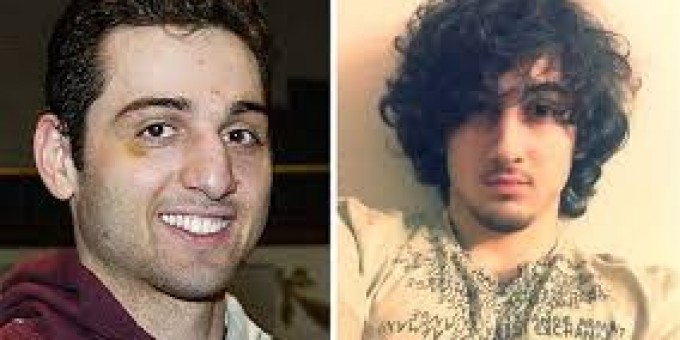
The Lone Wolf Terrorist
Tamerlan and Dzhokhar Tsarnev, the brothers who are suspected of detonating two bombs during the Boston Marathon last year, killing three individuals and injuring countless others, represent a new form of terrorist: the lone wolf. In his 2012 work, Understanding Lone Wolf Terrorism, criminologist Ramon de Spaaij shows that such terrorists act alone in conceiving and carrying out the attack, and do not belong to any organized terrorist group. According to de Spaaij, changes in the organizational structure of terrorist groups produces lone wolves. Increasing pressure from counter-terrorism agencies across the globe have made terrorist groups less hierarchical, smaller in size and savvier.
New technologies have also altered the structure of terrorist groups, enabling them to operate in more covert ways, according to scholar George Michael in his 2012 book, Lone Wolf Terror and the Rise of Leaderless Resistance. The website for Al-Qaeda’s Inspire magazine provided Tamerlan Tsarnev, for example, with information on how to carry out independent attacks. Tsarnev also created a YouTube channel that featured jihadi fighters and extreme Islamic clerics, furthering the messages of extremist groups with which he had no formal affiliation.
Lone wolf terrorism permits individuals who feel insignificant to prove their capacity to alter the normal workings of society, according to sociologist Mark Juergensmeyer (Terror in the Mind of God, 2003). They certainly pose a challenge for national security agencies, which must use new strategies to identify and capture them before they strike.
